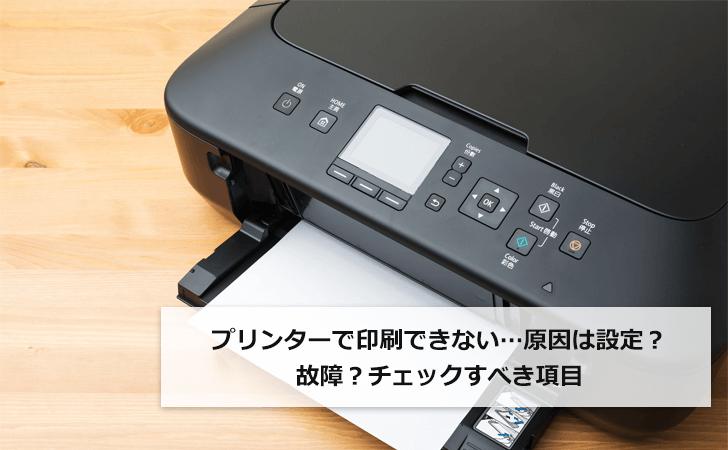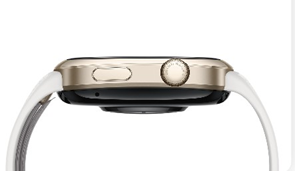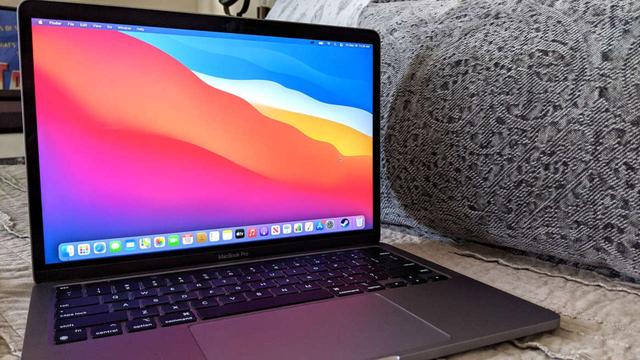What to Know Before Buying a Robot...
10
10
What to Know Before Buying a Robot Vacuum
Household chores are often time-consuming, and vacuuming is one of those tasks that never truly feels finished. With busy work schedules, family commitments, and limited time to relax, more people are turning to automated cleaners to simplify their lives. Robot vacuums have become a practical solution, quietly keeping floors clean without requiring constant supervision. For many households, investing in one of the best robot vacuum models feels like gaining a dependable assistant who works in the background while you focus on more important tasks. In this article, we will explore the main features to consider before buying a robot vacuum, helping you choose one that fits seamlessly into your lifestyle.
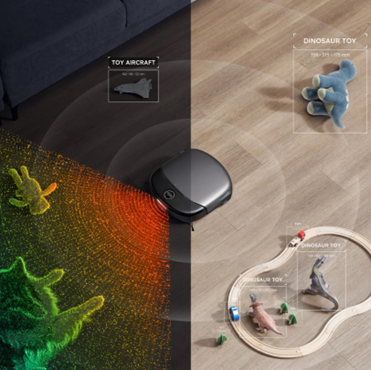
Key Cleaning Performance Features
Suction Power: Understanding Pa and Air Watts
Suction power is one of the most important specifications when evaluating a robot vacuum. It is usually measured in Pascals (Pa) or air watts, which indicate how effectively the machine can pull dirt and dust from various surfaces. A higher number typically means stronger suction, but it is equally important that the vacuum adjusts to different floor types automatically. For instance, hardwood floors may not require maximum power, while carpets and rugs often need stronger suction to remove embedded dirt. Choosing a vacuum with intelligent suction control ensures both efficiency and energy savings. By paying attention to these details, you set yourself up for consistent cleaning results across all areas of your home.
Brush Systems: Side Brushes and Main Rollers
The brushes on a robot vacuum determine how well it gathers dirt before suction pulls it in. Side brushes are designed to sweep dust and crumbs away from corners and edges, directing them toward the main cleaning path. The main roller, often located underneath the vacuum, lifts debris from surfaces so the suction can capture it effectively. Some rollers are made of bristles, while others use rubber or a combination of both, each offering advantages depending on your flooring. Families with pets may benefit from tangle-resistant rollers that handle hair better, reducing maintenance time.
Navigation and Mapping Technology Explained
How a robot vacuum moves around your home is just as important as its cleaning power. Entry-level models may follow random patterns, which can leave spots untouched or require multiple passes for full coverage. More advanced units use mapping technologies, such as laser sensors or cameras, to create accurate layouts of your rooms. This allows the vacuum to plan systematic cleaning paths, improving efficiency and reducing wasted time. Some mapping systems also allow you to divide your home into specific zones, giving you the flexibility to prioritize certain rooms. For households with complex layouts or lots of furniture, strong navigation technology can make the difference between a frustrating experience and a smooth one.
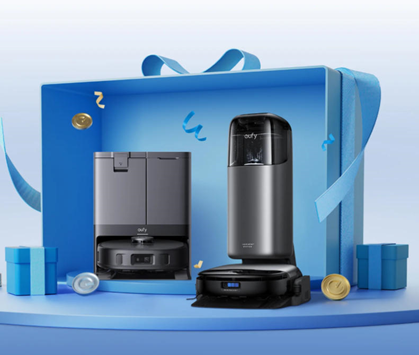
Smart Home Features and App Control
Voice Control and Scheduling
Modern robot vacuums often come with smart home integration, which allows you to operate them hands-free. Voice assistants enable you to start or stop cleaning with a simple command, making the process almost effortless. App control usually provides scheduling features, letting you set the vacuum to run automatically at times that suit your routine. Whether it’s early morning before work or late at night while you rest, automation ensures your floors stay clean without you needing to remember. For busy families, this convenience can make a noticeable difference in reducing household stress. Over time, these smart features allow the vacuum to become a seamless part of your daily rhythm.
No-Go Zones and Keep-Out Zones
One of the most practical features of modern robot vacuums is the ability to set no-go zones. Through the app, you can draw digital boundaries that the vacuum will avoid, such as areas with delicate rugs, children’s play spaces, or pet feeding stations. This level of control prevents disruptions and helps the vacuum operate safely in your home environment. Keep-out zones also reduce the risk of the device getting stuck in tricky spots, such as under low furniture or near cables. The flexibility to manage where the vacuum cleans adds peace of mind, knowing it can run independently without causing inconvenience. For many households, this feature alone makes the investment worthwhile.
Battery Life and Recharging Capabilities
Battery performance is another key factor when choosing a robot vacuum, especially if your home is large or has multiple rooms. A longer battery life ensures the device can cover more ground in a single cleaning session, minimizing interruptions. Even in smaller homes, efficient recharging systems make a big difference, as some vacuums automatically return to their charging dock when power runs low. Many advanced models resume cleaning from where they left off, saving time and ensuring complete coverage. Some also optimize their charging cycle by replenishing only as much power as needed to finish the job, which reduces downtime. A dependable battery and intelligent recharging design ensure that your vacuum is always ready when you need it.
Conclusion
Buying a robot vacuum is about more than choosing a gadget—it is about finding a partner that can consistently reduce the burden of daily cleaning. By understanding features like suction power, brush systems, navigation, smart controls, and battery performance, you can confidently select a model that fits your household’s specific needs. The peace of mind that comes from knowing your floors are being cleaned while you focus on other things is one of the greatest advantages of these devices. For anyone ready to take this step, eufy’s robot vacuum options provide a practical balance of performance, reliability, and affordability. Choosing one of their models is a natural way to experience how the best robot vacuum can become an indispensable part of modern home life.


